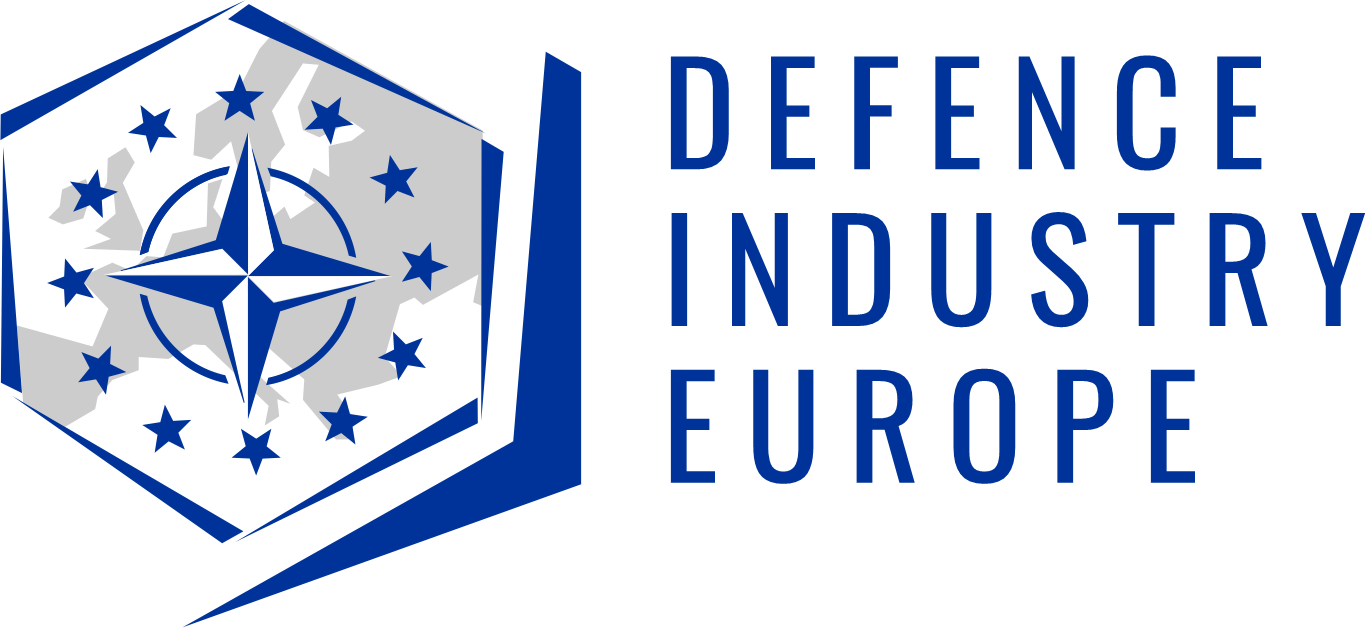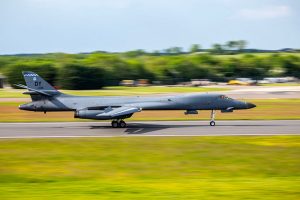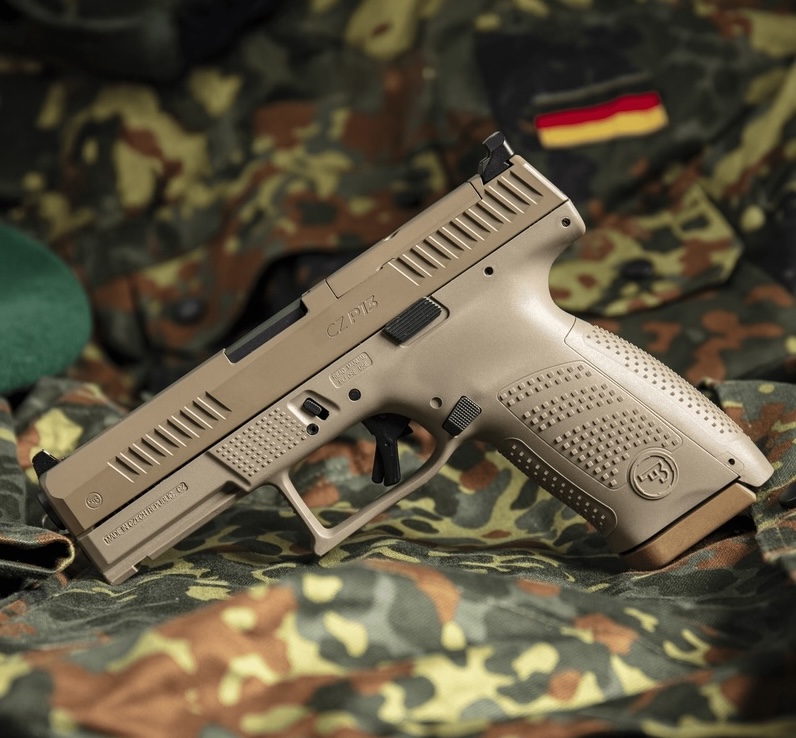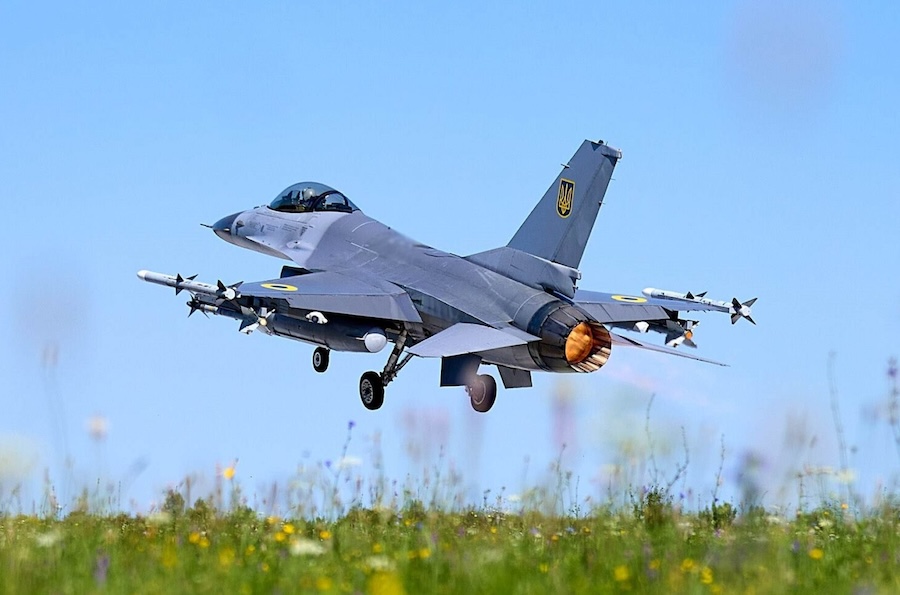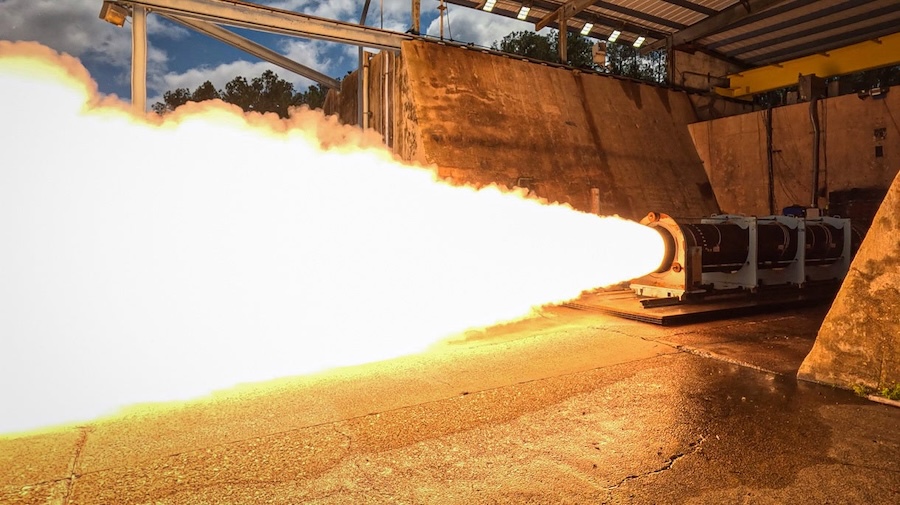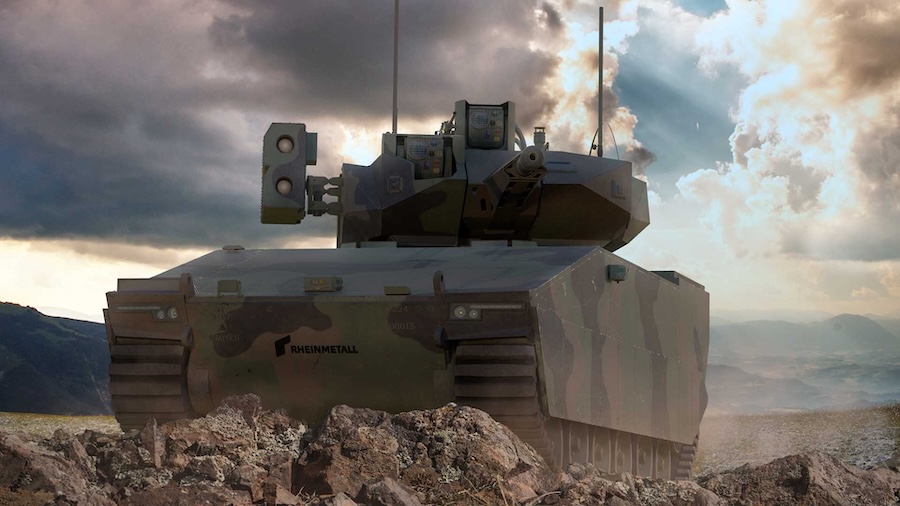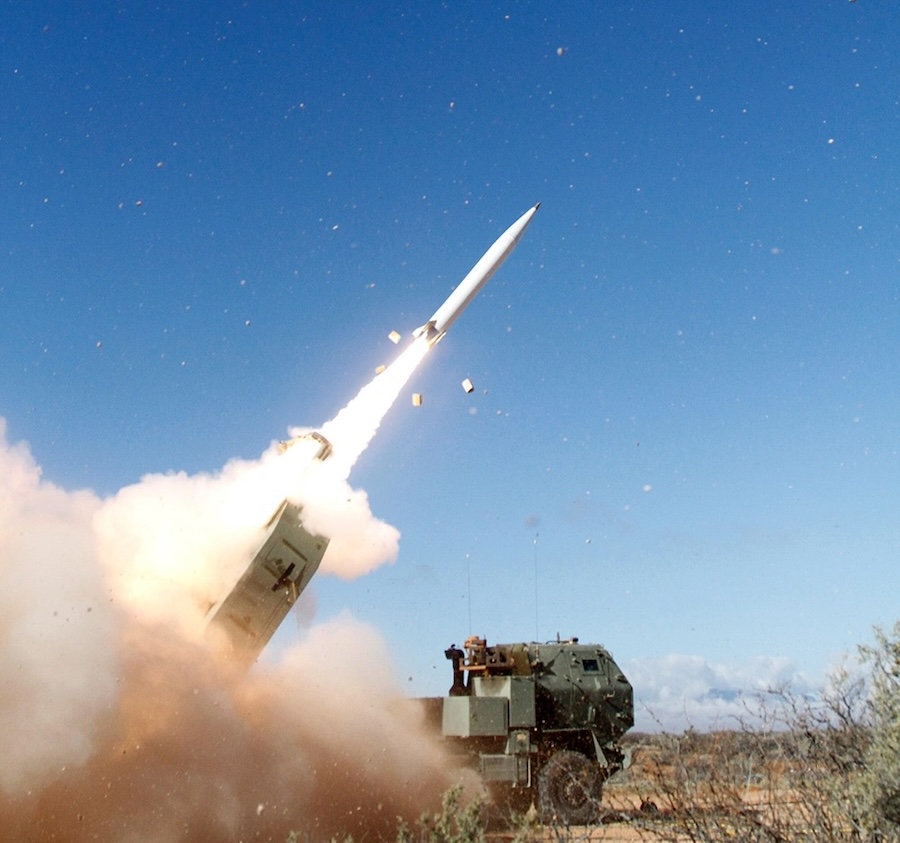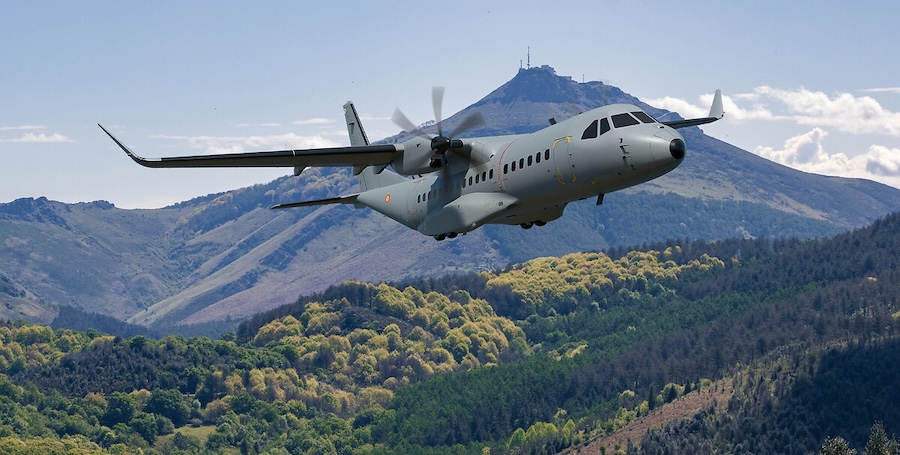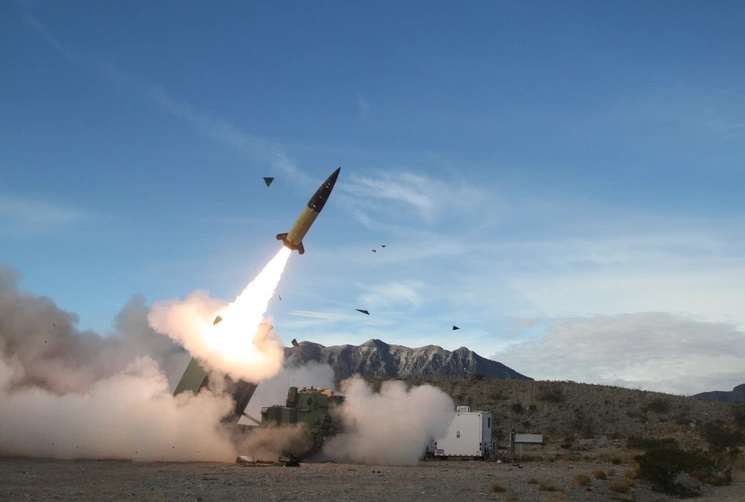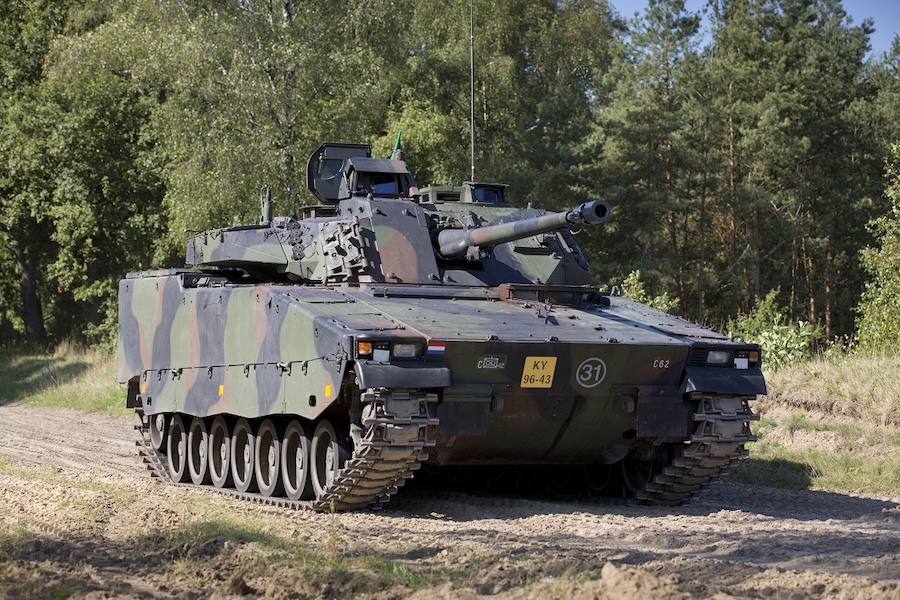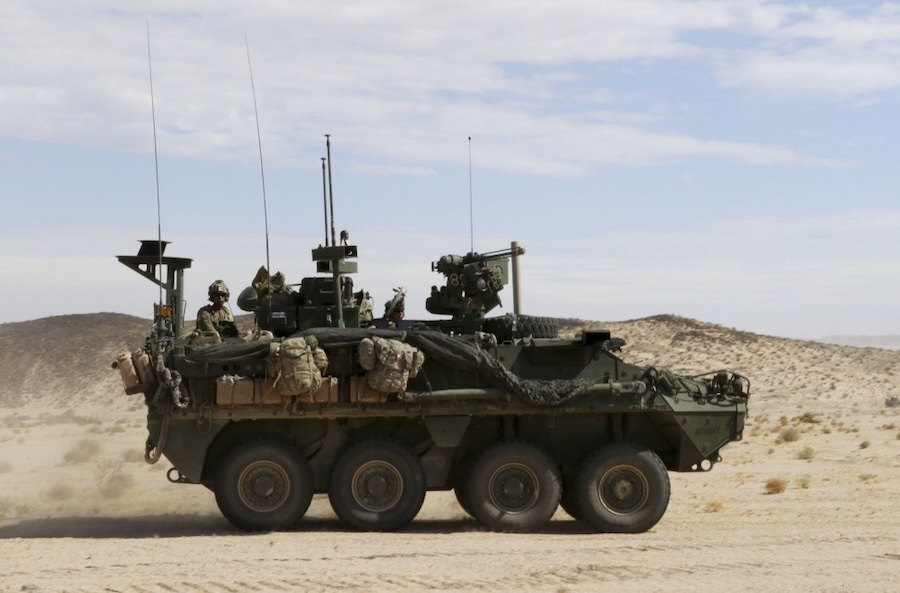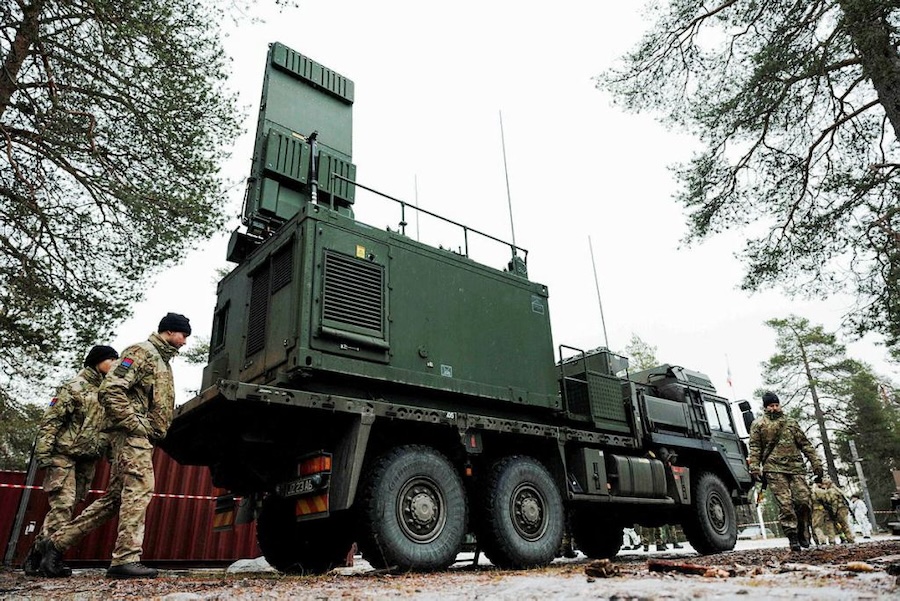The acquisition was formally announced during the ‘Maritime Uncrewed’ event held by the Royal Netherlands Navy in Den Helder. Officials described the move as part of a broader modernisation strategy focused on adopting autonomous, combat-proven technologies for future missions.
Developed by Shield AI, the V-BAT system is designed to operate in contested environments without relying on global navigation satellite systems (GNSS). The Dutch Ministry’s decision was influenced in part by V-BAT’s successful performance in Ukraine, where it has conducted long-range ISR and targeting missions independently of GNSS.
The system also underwent a month-long shipboard trial aboard HNLMS Johan de Witt during NATO’s REPMUS 2024 exercise. These operations validated the aircraft’s maritime ISR capabilities and contributed to the Ministry’s procurement decision.
“V-BAT was built for the types of missions the Dutch Navy and Marine Corps are preparing for—dynamic, distributed, and high-stakes,” said Brandon Tseng, President and Co-founder of Shield AI. “It’s operational today, proven in the most demanding combat environments, and delivers mission-critical capabilities unmatched by any other system.”
The V-BAT is currently the only single-engine, ducted-fan vertical takeoff and landing (VTOL) unmanned aircraft system deployed operationally in various regions worldwide. Its compact design and shipboard compatibility offer flexibility for operations in confined and austere environments.
With a strong reputation for resilience, V-BAT operates effectively in GPS-denied and communications-contested zones. Its performance in areas such as Ukraine, the Black Sea, and the Indo-Pacific has underscored its reliability amid advanced electronic warfare threats.
“The Netherlands has a strong reputation for fielding cutting-edge capabilities quickly and effectively,” added Tseng. “It’s great to see them join a growing list of U.S. allies and partners choosing V-BAT for its flexibility, performance, and mission readiness.”



